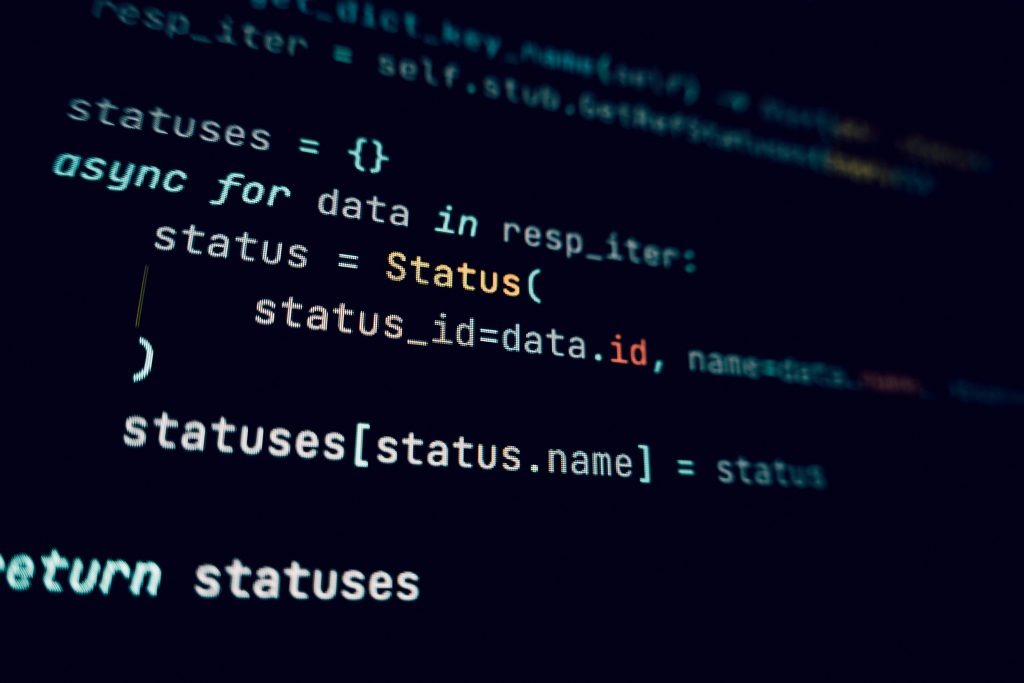Did you know that over 70% of data scientists use Python as their primary programming language?
In the fast-evolving world of data science — where vast amounts of raw data are transformed into actionable insights — Python has emerged as the universal language that bridges statistical thinking, machine learning, and business intelligence.
Whether you’re analyzing a million customer transactions or training an AI to recognize speech patterns, Python’s versatility, community support, and ease of learning make it the first skill aspiring data scientists must master.
Table of Contents
Simplicity and Readability
One of Python’s greatest strengths is its clear and human-readable syntax. This simplicity allows data scientists to focus on solving problems rather than wrestling with complex programming rules. Beginners can quickly pick it up, yet it remains powerful enough for advanced analytics and AI research.

A Rich Ecosystem of Libraries and Frameworks
Python offers specialized libraries that make data science work faster and easier:
- NumPy → Fast numerical computations
- Pandas → Data manipulation and cleaning
- Matplotlib & Seaborn → Data visualization
- Scikit-learn → Machine learning algorithms
- TensorFlow & PyTorch → Deep learning frameworks
These tools reduce the need to reinvent the wheel, letting professionals build powerful solutions in days instead of weeks.
Strong Community and Open Source Advantage
Python’s global community ensures constant updates, open-source tools, and free learning resources. Platforms like GitHub and Kaggle host thousands of Python-based projects, making it easy to learn from real-world examples.
Seamless Integration with Data Science Workflows
Python integrates effortlessly with:
- SQL databases for data extraction
- Big Data platforms like Hadoop and Spark
- Visualization tools like Power BI and Tableau
- Cloud services such as AWS, Azure, and GCP
This interoperability means Python can serve as the glue language that binds the entire data science pipeline together.
Industry Adoption and Career Opportunities
Top companies like Google, Netflix, and NASA use Python for AI, analytics, and automation. Job postings on LinkedIn consistently list Python as a required skill for data science positions. Learning Python significantly boosts your employability and earning potential.
Read on Postgraduate Diploma in Data Science (PDDS)
Future-Proof Skill for AI and Machine Learning
With AI becoming mainstream, Python’s role will only expand. It remains the primary language for natural language processing (NLP), computer vision, and reinforcement learning, ensuring that your skills stay relevant for years to come.

Conclusion
In the competitive field of data science, Python is not just a tool — it’s a career catalyst.
Its simplicity, vast library ecosystem, and seamless integration with modern data workflows make it indispensable for beginners and experts alike.
If you’re planning to step into data science, start with Python — and you’ll be building intelligent solutions sooner than you think.
Read on Regenesys School of Technology
Why Python is Important for Data Science – FAQ
Why is Python preferred over R in data science?
Python is more versatile, integrates better with production systems, and has a larger set of machine learning libraries, making it ideal for end-to-end data science projects.
How long does it take to learn Python for data science?
With consistent effort, beginners can grasp the basics in 1–3 months and start working on projects within 6 months.
Can I get a data science job without Python?
It’s possible but challenging — Python is often listed as a required skill, so skipping it may limit your opportunities.
Is Python enough for a career in data science?
Python is a strong foundation, but combining it with knowledge of statistics, SQL, and machine learning will make you more competitive.
What Python libraries should I learn first for data science?
Start with Pandas, NumPy, and Matplotlib. Then progress to Scikit-learn, TensorFlow, or PyTorch for machine learning and AI.
Is Python suitable for big data?
Yes. Python can handle big data by integrating with tools like PySpark and Dask, making large-scale data processing easier.







